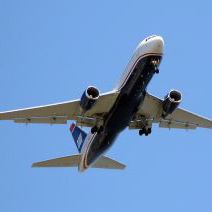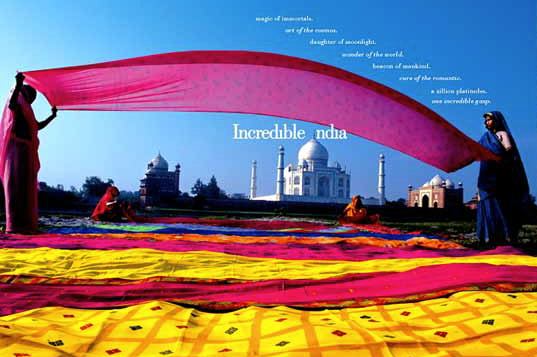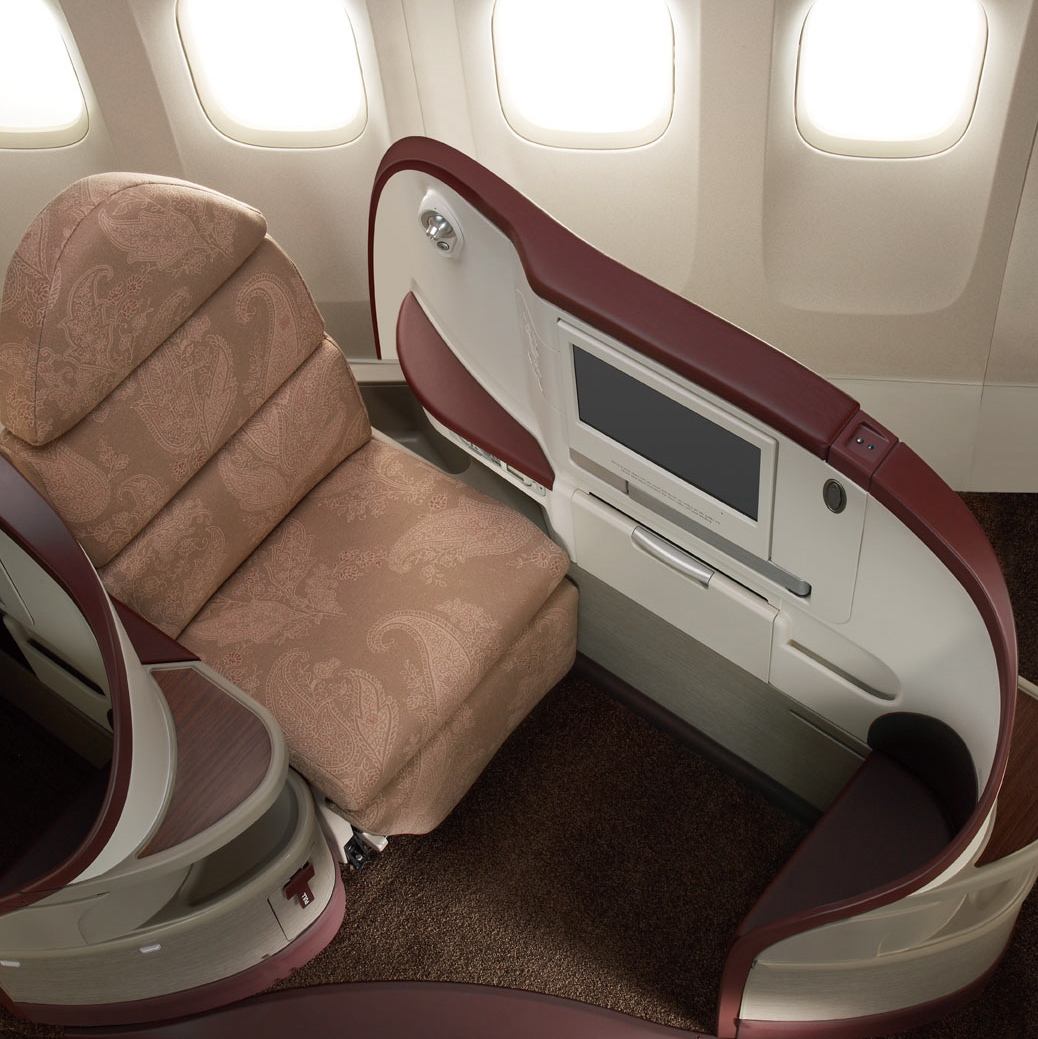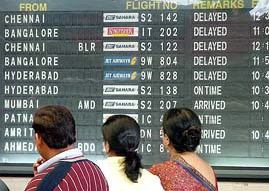Travel News
Cheap, “Secret” Intercontinental Flights for Asia, Europe & America
 Want to go from New York to Stockholm? Bet you didn’t know that Malaysian Airlines flies the route.
Want to go from New York to Stockholm? Bet you didn’t know that Malaysian Airlines flies the route.
How about Vancouver to New York? Few people would guess Cathay Pacific, the Hong Kong-based carrier can get you there.
Want to land in Geneva from New York? Surprise, surprise. Qatar Airways flies there nonstop.
How about Frankfurt to New York? Most people would look to Lufthansa for that route. Yes, Lufthansa, Delta and Continental fly it.
But here’s the secret flight: Singapore Airlines also flies it!
And last, but absolutely not least, there is now is a very cool way to fly from New York to Europe: through a hub in Brussels, Belgium. Ten years ago, the service was offered by Sabena, the Belgian carrier. Today, it’s offered by Jet Airways, a private international Indian airline, which stops there on the way to New Delhi.
Welcome to the world of “secret flights”: unusual routes flown by carriers you’d never guess would fly them. Are they really a secret?
No, they are published, scheduled flights with fares. But they are flown by airlines on routes you’d never expect.
The airline flying them use the routes as “fifth freedom” flights, meaning that individual countries give these airlines the right to stop in their country en route to the airline’s base country.
Specifically, under international agreements, it means this: It is the right of an airline from one country to land in a second country, to then pick up passengers and fly on to a third country where the passengers then deplane. And that means they can carry passengers on a point-to-point basis as well.
The benefit for you?
You’re on a flight that many others are not aware of, meaning fewer crowds and often lower prices—and, if you’re on the right airline, much better service.
Recently, PeterGreenberg.com’s Managing Editor Sarika Chawla took one of the newest “secret” flights on Jet Airways from New York to New Delhi via Brussels, and filed this report:
As recently as 15 years ago, finding an affordable flight from the U.S. to India meant one option: Air India.
In 1953, under the Air Corporations Act, all Indian airlines were nationalized under two services: Air India (which flew internationally) and Indian Airlines (which flew domestic routes).
The government-owned Air India was (and still is) renowned for its mercurial scheduling, mediocre food and cramped seats. Other, pricier, options such as British Airways, Lufthansa and Emirates were also available on U.S.-to-India routes.
But, in 1993, the Air Corporations Act 1953 was abolished, ending the long-term airline monopoly, and by the next year, the Indian market was opened up to private carriers.
 And how things have changed. Between India’s tourism boom (thanks, in part, to its newly organized tourism campaign, IncredibleIndia.org), and the liberalization of its air service, a staggering number of Indian-owned airlines has proliferated.
And how things have changed. Between India’s tourism boom (thanks, in part, to its newly organized tourism campaign, IncredibleIndia.org), and the liberalization of its air service, a staggering number of Indian-owned airlines has proliferated.
The majority of them are domestic services only. But as of 2005, India and the U.S. agreed on an open-sky policy, opening up the international market even further (American, Delta and Continental have all jumped into the fray). And with more options comes increased competition, often meaning lower fares and improved customer service.
The Mumbai-based Jet Airways, touted as “India’s only profitable private carrier,” currently dominates the domestic Indian market. It began in 1993 as a charter operator, and by 2004 it became the first private airline in India to fly internationally. It now flies to 53 cities, nine of which are outside of India (Newark, New York, Toronto, Kathmandu-Nepal, Colombo-Sri Lanka, Singapore, Bangkok, Kuala Lumpur, London-Heathrow, and Brussels). At the end of October 2007, Jet Airways launched its JFK-New Delhi service via Brussels.
At JFK, Jet doesn’t have its own lounge, and actually parks its planes at the American Airlines terminal (9); but business and first-class guests are offered entrance into the American Airline’s Admirals club. (One of the biggest passenger gripes is that there’s NO free Wi-Fi in the lounge. Granted, there are wired computers available, but to use your own laptop you’ll have to pay.)
Jet Air divides its aircraft, a new Boeing 777-300 ER, for the time being, into three classes: Economy, Première (business) and First.
The seat pitch (the distance between the backs of each seat) in economy is a decent 32 inches and seats recline 130 degrees. Simple footrests make an enormous difference in comfort during long-haul flights, and I was pleased to see them at every seat. On-demand entertainment on individual screens is a must on flights more than four hours, and for extra long-haul flights, like the India-via-Brussels flights, Jet Air offers an array of first-run Hollywood and Bollywood films, as wells as old standby TV shows.
In business class, there are only 30 seats in the cabin, in a 1-2-1 configuration (meaning every seat has aisle access). With a pitch of 49 inches and an adjustable lie-flat bed, a laptop power plug and USB port, it’s what every business traveler needs.
 But the biggest perks are, as you might suspect, in first class. Each of the eight first-class passengers doesn’t just get a seat, but a private haven: 26-square-foot suites with sliding doors. Jet Air claims to have the “world’s longest first-class bed,” and at 83-inches, the airline might just be right. And let’s not forget 23-inch flat-screen TVs and massive amounts of storage space.
But the biggest perks are, as you might suspect, in first class. Each of the eight first-class passengers doesn’t just get a seat, but a private haven: 26-square-foot suites with sliding doors. Jet Air claims to have the “world’s longest first-class bed,” and at 83-inches, the airline might just be right. And let’s not forget 23-inch flat-screen TVs and massive amounts of storage space.
What really sets Jet Air apart from many airlines is in-flight cuisine. On short-haul flights within India, on fully packed 737s, Jet Air crews still manage to serve two and three-course meals with china service, even in coach. On long-haul, it’s an even bigger surprise. In business and first class, there’s certainly no skimping on the Dom Perignon. Both Indian and continental meals are available, with “veg” and “non-veg” options.
Last, but not least, is the flight crew. From boarding to disembarkation, their responses to any request – from another glass of wine to an extra pillow – were delivered speedily and with a smile. The mid-flight offer for “some popcorns” was perhaps the kindest thing I’ve ever experienced on a flight.
Once in Brussels, business and first-class travelers have access to the new Jet Airways lounge. Computers are available with Internet access (still no free Wi-Fi!) and a selection of drinks (including Indian-style masala chai), snacks and cereals. One notable gesture: A packet of aspirin is available for the weary traveler.
One additional note: if you’re continuing on to New Delhi, there’s not much that the airline staff can do to make the airport experience there any easier.
 The Indira Gandhi International Airport (at right) is among the busiest in South Asia.
The Indira Gandhi International Airport (at right) is among the busiest in South Asia.
When you’re flying out, the check-in counters and the shared lounge are zoos, and you can expect to go through several layers of security. My advice: Get there early, and know that the airport is undergoing a $1.93-billion overhaul to improve its infrastructure in time for the Commonwealth Games in 2010.
A Jet Airways flight from JFK to Brussels (booked online about 45 days in advance) shows prices starting at $458 each way for “special economy,” up to $5,465 for first class. A flight from JFK to New Delhi via Brussels starts at $975 for special economy and up to $7,475 for first class. See more at www.jetairways.com.
- Need more info on Finding Cheap International Flights? We’ve got it right here. Or maybe you’re looking for even more Budget Carriers Gone International.
- Want some great reasons to visit New Delhi? Don’t miss Off the Brochure: New Delhi in our Off the Brochure series.
- And while Brussels is more often saddled with an alliterative moniker like “Boring” (rather than, say, “Incredible India”), there’s a surprising amount of fun you can find Off the Brochure: Brussels, Belgium.












